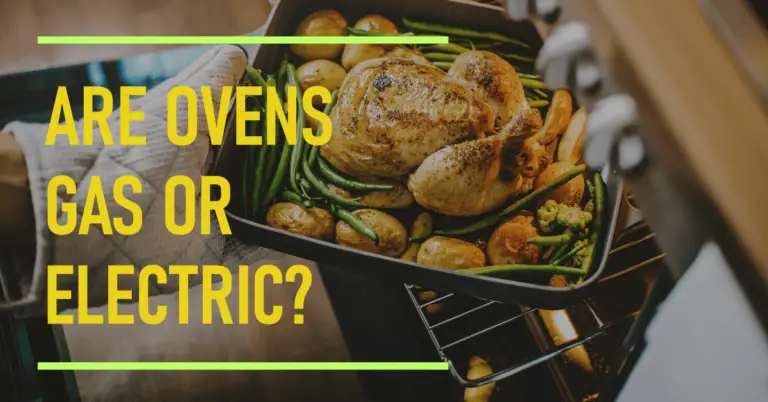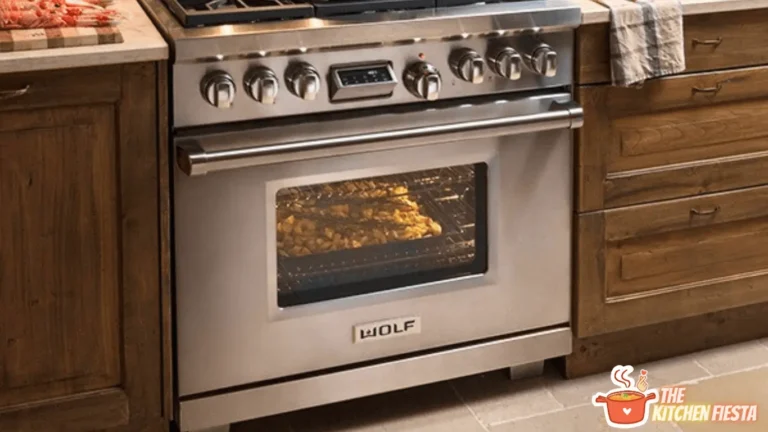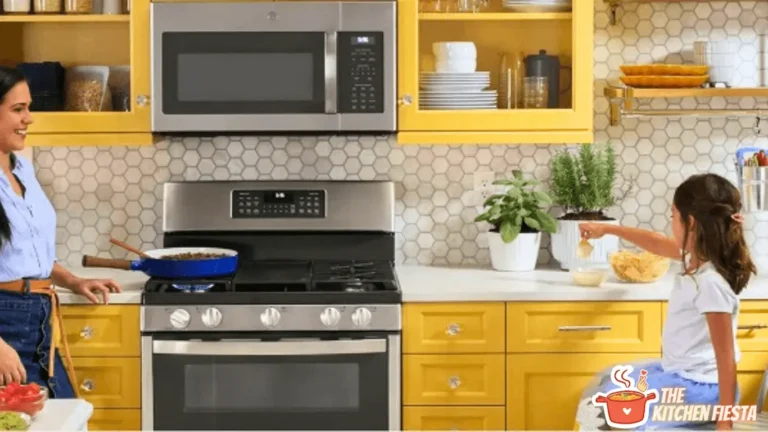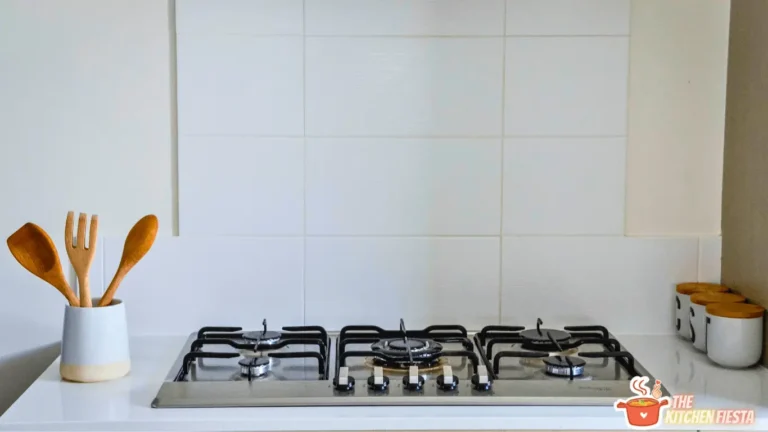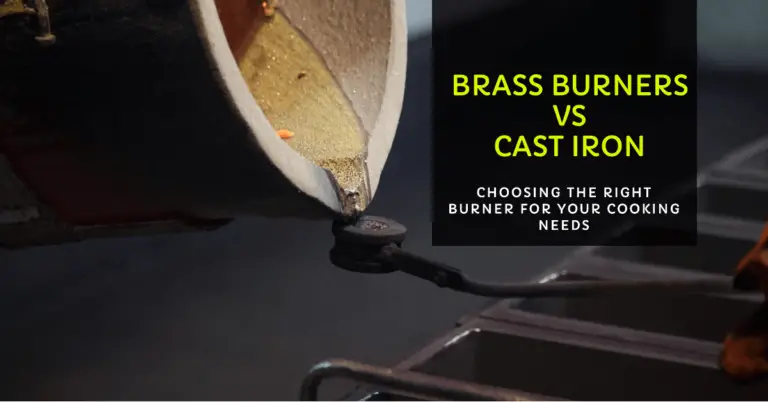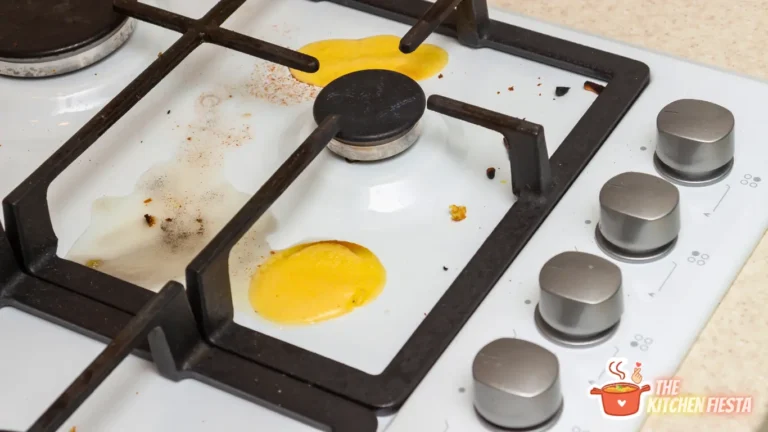What Temperature Is Simmer On An Electric Stove?
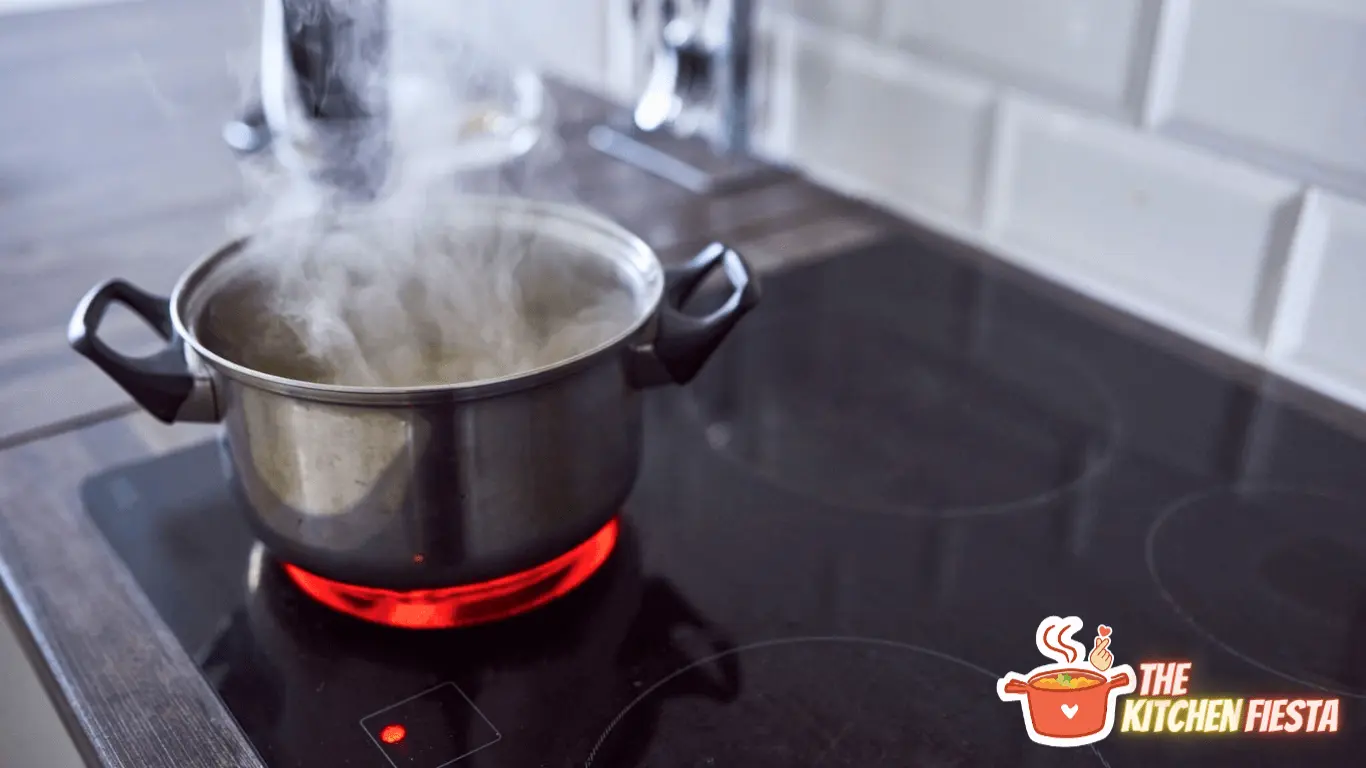
Cooking delicious soups, sauces, stews, and more often calls for simmering – that gentle bubbling at a temperature just below boiling point. But what exactly is that magic number for achieving the perfect simmer on your electric stove?
The ideal simmer temperature on an electric stove ranges from 185°F to 205°F.
In this article, we’ll explain everything you need to know about simmering on an electric stove, including:
- What is simmer and how does it differ from boiling
- The target simmer temperature range
- How to achieve simmer on an electric stove
- Tips for the perfect simmer every time
- Why simmering food is beneficial
- Best foods to simmer
- Comparisons to other moist cooking methods
- Answers to common questions
So let’s turn down the heat and learn all about getting that perfect gentle simmer!
What Does Simmer Mean?
Before we can identify the right temperature, it helps to understand what simmering is.
Simmering is gently cooking food in liquid at a temperature just below the boiling point, typically around 185°F to 205°F. As the liquid heats up, small bubbles start to form and break the surface, but it never reaches a full rolling boil.
The temperature range for simmer on an electric stove is below the 212°F boiling point of water. Simmering happens between 185°F at the low end up to about 205°F at the upper end of the range. Going above 205°F will start to produce more vigorous bubbling that borders on boiling.
Compared to boiling, simmering is much gentler, with wisps of steam and intermittent small bubbles breaking the surface. The movement is leisurely rather than the vigorous roiling of a full boil.
Think of simmer as a lazy Sunday stroll compared to the full sprint of a rolling boil!
What is the Exact Simmer Temperature?
As we mentioned above, the ideal simmer temperature hovers right below the 212°F boiling point, in the range of 185°F to 205°F. While 185°F is considered the bare minimum, it may be too low to maintain active bubbling in some cases. Shooting for 195°F to 205°F is your best bet for achieving that perfect lazy simmer.
At 205°F and up, the bubbling becomes more vigorous, so that’s the upper end of the target range. Any hotter and you’ve crossed over into outright boiling territory!
For most simmering purposes, keeping the liquid temperatures between 195°F and 205°F will provide those ideal small, intermittent bubbles.
How to Achieve Simmer on an Electric Stove
On an electric stove, the heating elements typically have a coil surface that is controlled by knobs with settings ranging from 1 to 10 or 1 to 9. The lower numbers indicate lower heat, while the higher numbers mean more intense heat.
To achieve a simmer, you’ll want to use a low to medium-low setting, around 3 or 4 on an electric stove.
Here’s a simple process for hitting the perfect simmer zone:
- Start by bringing your liquid to a boil over high heat, around setting 8 or 9.
- Once it reaches a rapid boil, immediately reduce the heat to a lower setting to stop it boiling over.
- For a gentle simmer, reduce the heat to about 3 or 4 on an electric stove.
- Allow the bubbles to slow to a leisurely pace with steam wisping off the surface.
- Adjust the temperature as needed to maintain a gentle simmer.
- Let it continue simmering at this lowered heat setting for the desired cooking time.
It may take a little trial and error to find the ideal simmer zone on your specific electric stove. Just adjust the heat setting gradually until you dial in that perfect lazy bubbling action!
Tips for Achieving the Perfect Simmer
Beyond selecting the right heat setting, there are some additional tricks that can help you achieve a flawless simmer every time:
- Use a heavy-bottomed pot – Thicker cookware like enameled cast iron, stainless steel, or multi-ply can distribute heat more evenly and prevent burning.
- Keep the lid on – Covering the pot helps retain moisture and heat.
- Stir occasionally – Gently stirring helps maintain even heat distribution and prevent burning on the bottom.
- Scrape the bottom – Use a wooden spoon to scrape any bits that may be sticking to the bottom as you stir.
- Simmer for longer – The gentle heat allows you to simmer for extended periods to develop flavor without overcooking.
- Add liquid as needed – Replenish evaporated liquid so your food doesn’t get overly concentrated as it simmers.
- Adjust the heat – Raise or lower the temperature setting to maintain your target simmer zone.
Following these guidelines will help you achieve simmering success!
Why Gently Simmer Foods?
There are several reasons why simmering is a great cooking technique:
- Develops flavor – The long, gentle simmering time allows complex flavors to mingle and fully develop in soups, sauces, stews and more.
- Cooks food evenly – The consistent low temperature helps food cook through without burning or overcooking on the outside.
- Retains moisture – Simmering happens below the boiling point, so less liquid evaporates, keeping food tender.
- Makes tough meats tender – Low ‘n’ slow simmering helps break down collagen in cuts like pork shoulder or beef chuck.
- Prevents delicate foods from damage – Gentle simmering won’t overcook delicate fish fillets, eggs, or vegetables.
From transforming tough cuts into fork-tender stews to creating silkily textured egg custards and sauces, simmering offers clear advantages over high-heat cooking methods.
Best Foods to Simmer
Simmering works wonders for all kinds of recipes, but it’s especially well suited for dishes with liquid components like soups, stews, sauces, and poaching:
- Soups – Simmer broths, bisques, chowders, etc. to meld flavors.
- Stews – Tough meats become fall-apart tender with long simmering.
- Chili – Allow the flavors to develop fully.
- Tomato sauce – Gently simmer to prevent scorching.
- Curries – Build deep flavor without overcooking vegetables.
- Poached fish – Gently cook delicate fish like halibut or salmon.
- Poached chicken – Simmer boneless chicken breasts or thighs.
- Eggs – Simmer to make perfect poached eggs.
- Oatmeal or grits – Cook with milk or water for creamy results.
- Ribs or beef stew meat – Turn tough cuts tender over time.
- Beans – Simmer dried beans until perfectly done.
- Grains – Toss farro, barley or quinoa into soups or stews.
- Milk- or cream-based sauces – Gently simmer to prevent curdling.
The options are endless for amazing simmered dishes!
Simmering vs. Boiling vs. Poaching
Simmering is one popular moist cooking method, but how does it compare to boiling and poaching?
Boiling happens at the highest temperature, 212°F and above. The vigorous bubbling action causes rapid movement and evaporation. Better for quickly blanching vegetables or cooking pasta. Too aggressive for delicate foods.
Simmering occurs below the boiling point at 185°F to 205°F, with gentle bubbling. Provides gentler heat ideal for cooking tender foods thoroughly without overcooking. Develops more complex flavors over time.
Poaching is done at 140°F to 180°F, with barely any movement or bubbles. Ultra gentle poaching is ideal for delicate fish or eggs where a simmer may overcook them. Poaching liquid is often seasoned and used as a sauce.
So boiling is intensely hot, simmering is gently hot, and poaching is barely hot. Choosing the right technique depends on the food, your timeline, and the results you want!
Tips and Tricks for Simmering Success
Here are some additional pointers for achieving simmering greatness:
- Avoid stirring too vigorously or it may jump to a boil. Gently stir just enough to incorporate ingredients.
- Use a clear lid so you can monitor the simmer to make sure it stays in your target zone.
- Allow stews or braises to come up to room temperature before adding dairy or delicate herbs. This prevents curdling.
- For long-cooking stews, brown the meat first for added flavor.
- Use a splatter guard if your simmer is popping and sputtering excessively.
- Add a little extra liquid if reducing for a long period to prevent burning at the end.
- For milk- or cream-based sauces, remove from heat before it comes to a simmer to prevent curdling.
Master these tips and you’ll be a simmering pro in no time!
Frequently Asked Questions About Simmering
Here are answers to some common questions about simmering temperatures, techniques, and tips:
What temperature should a simmer be?
The ideal simmer temperature is 195°F to 205°F, just below water’s 212°F boiling point. Lower than 185°F may not maintain bubbles. Higher than 205°F transitions from simmer to boil.
How can you tell when something is simmering?
Simmering food will have small bubbles breaking the surface intermittently with wisps of steam coming off the surface. The motion is gentle, not the vigorous rolling boil of actively boiling water.
Does simmering cook food faster?
No, simmering takes longer than boiling since it happens at a lower temperature. But the low heat tenderizes meats and develops more complex flavors.
What is better simmering or boiling?
It depends on the food! Boiling is faster but can overcook delicate foods. Simmering provides gentler heat ideal for eggs, fish, meats, and stocks, allowing maximum flavor development without overcooking.
Should stews simmer or boil?
Stews should simmer, not boil. The gentle heat tenderizes meats for fall-apart texture without overcooking veggies. Boiling can make stews tough and mushy.
Do you simmer with a lid on or off?
It’s best to simmer with the lid on to retain moisture and heat and reach the temperature faster. Remove the lid occasionally to stir and check doneness.
Can you simmer in an instant pot?
Yes, you can simmer in an instant pot or electric multi-cooker! Just select the “simmer” function if your model has it. Or sauté with the lid off then pressure or slow cook.
Achieve Simmering Greatness
Armed with this guide, you now have all the tools to achieve simmering perfection on your electric stove! Remember to:
- Set your stove knob to around 3 or 4 to maintain 195°F-205°F.
- Use heavy cookware to distribute heat evenly.
- Keep the lid on to contain moisture and temperature.
- Stir gently and scrape the bottom to prevent scorching.
- Simmer low and slow to develop incredible depth of flavor.
- Adjust heat as needed to stay in the ideal gentle bubbling zone.
Master these electric stove simmering techniques and you’ll be turning out incredible stews, sauces, soups and more in no time. Happy simmering!

